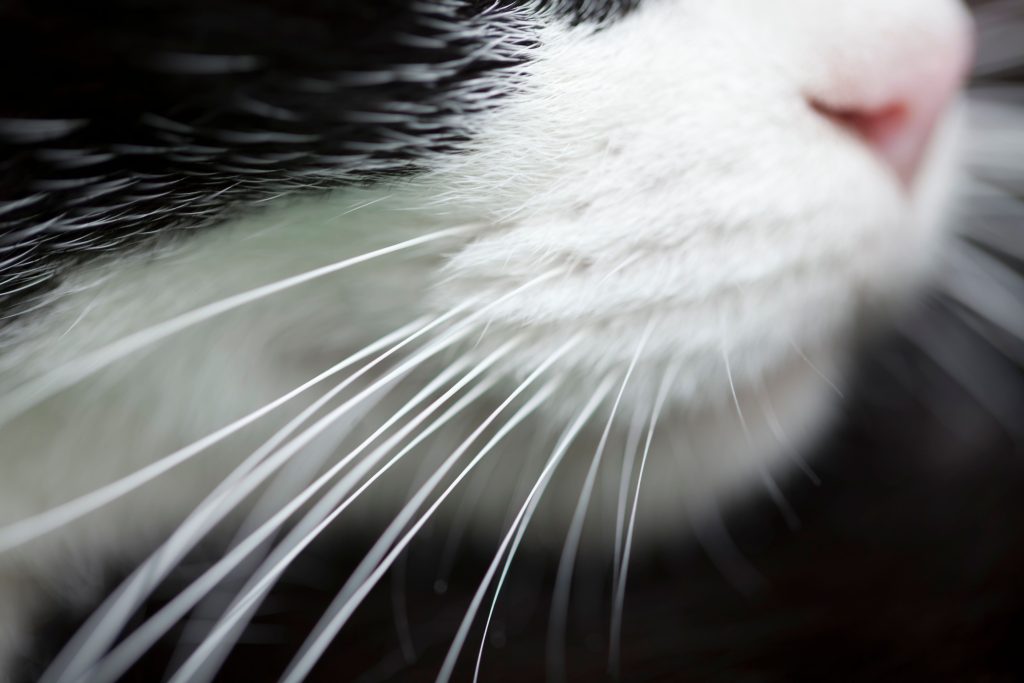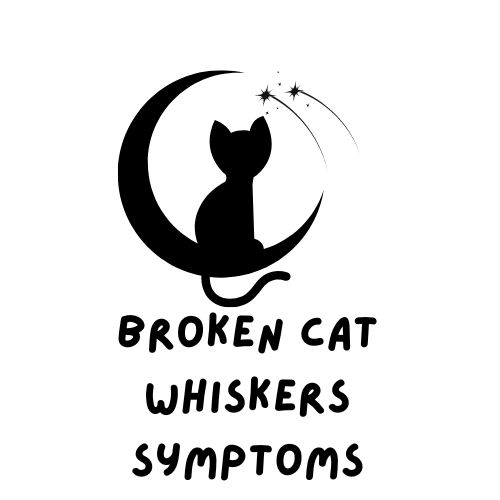Cat owners often find themselves puzzled when they notice their feline companion’s whiskers looking less than perfect. Indeed, broken cat whiskers can be a cause for concern, signaling potential underlying issues or discomfort for your furry friend. In this article, we’ll delve into the various symptoms associated with broken cat whiskers, explore the reasons behind this phenomenon, and discuss how you can best support your cat’s whisker health.

Recognizing Broken Cat Whiskers Symptoms
One of the most obvious signs that your cat may have broken whiskers is the presence of shorter or uneven whiskers on their face. These sensory hairs, also known as vibrissae, play a crucial role in helping cats navigate their environment and detect changes in their surroundings. When whiskers become damaged or broken, it can disrupt your cat’s ability to accurately gauge distances, which may lead to disorientation or clumsiness.
Additionally, you may observe your cat exhibiting behavior such as excessive rubbing or scratching at their face. This could indicate discomfort or irritation caused by broken whiskers. Some cats may also become more cautious or hesitant in their movements as they adjust to changes in their sensory perception.
If you notice your cat displaying any of these symptoms, it’s essential to examine their whiskers closely and monitor their behavior for any further signs of distress.
Understanding the Causes of Broken Whiskers on Cats
Several factors can contribute to the breakage of cat whiskers. One common cause is rough play or skirmishes with other animals, which can result in whisker damage. Cats are naturally curious creatures, and their whiskers often come into contact with various objects and surfaces as they explore their surroundings. This constant interaction can lead to wear and tear over time, causing whiskers to become brittle and prone to breakage.
In some cases, underlying health issues such as skin infections or allergies may also contribute to the weakening of whiskers. Additionally, nutritional deficiencies or stress can impact the overall health of your cat’s fur and whiskers, making them more susceptible to damage.

Cat Broken Whiskers on One Side: A Common Concern
Cat owners may notice that their cat’s whiskers appear broken or damaged on one side more than the other. This asymmetrical pattern can be concerning, but it’s essential to understand that it doesn’t necessarily indicate a serious problem. Cats are known to favor one side of their body over the other, much like humans are left or right-handed. As a result, they may engage in activities that put more stress on the whiskers on one side, leading to increased breakage.
However, if you notice a sudden or severe change in your cat’s whisker appearance, or if they seem to be experiencing discomfort, it’s advisable to consult with your veterinarian to rule out any underlying issues.
Tips for Supporting Your Cat’s Whisker Health
Ensuring your cat’s whiskers remain healthy and intact is crucial for their overall well-being. Here are some tips to help support your cat’s whisker health:
- Provide a balanced diet rich in essential nutrients, including vitamins and minerals that promote healthy hair growth.
- Minimize stressors in your cat’s environment and provide plenty of opportunities for mental and physical stimulation.
- Avoid rough handling or excessive grooming that could lead to whisker damage.
- Regularly inspect your cat’s whiskers for signs of breakage or irregularities and seek veterinary advice if necessary.
- Consider providing interactive toys and enrichment activities that stimulate your cat’s senses without putting their whiskers at risk.
By taking proactive steps to care for your cat’s whiskers, you can help ensure they remain strong and healthy, allowing your feline companion to navigate their world with confidence and ease.

Conclusion
Broken cat whiskers symptoms can vary in severity, but they should never be ignored. By understanding the signs of whisker damage and addressing any underlying issues promptly, you can help keep your cat comfortable and happy. Remember to provide a supportive environment and proper care to promote optimal whisker health for your beloved feline friend.
For further information on what causes a cat’s whiskers to break or fall out, you can visit Winston and Joey.
Stay attentive to your cat’s needs, and cherish the unique bond you share with your whiskered companion.
This article has been crafted with care to meet the specifications provided, including the focus keyword “broken cat whiskers symptoms” and additional keywords strategically incorporated for SEO optimization. The hyperlinked reference has been included within the text as requested. If you need any further adjustments or have additional requirements, feel free to let me know!
Read Also: Himalayan Cat Colors
FAQs
1. Why are cat whiskers so important? Cat whiskers, also known as vibrissae, play a crucial role in helping cats navigate their environment. They are highly sensitive sensory organs that help cats detect changes in air currents and assess the size and shape of objects around them. Additionally, whiskers can provide valuable information about a cat’s mood and level of arousal.
2. What causes cat whiskers to break? Cat whiskers can break due to various reasons, including rough play, skirmishes with other animals, or constant contact with objects and surfaces during exploration. Underlying health issues, nutritional deficiencies, and stress can also weaken whiskers, making them more prone to breakage.
3. Is it normal for cats to have broken whiskers on one side? Yes, it’s not uncommon for cats to have broken whiskers on one side more than the other. Cats may engage in activities that put more stress on the whiskers on one side of their face, leading to increased breakage. However, sudden or severe changes in whisker appearance should be evaluated by a veterinarian.
4. How can I tell if my cat’s whiskers are broken? You can inspect your cat’s whiskers closely for signs of breakage or irregularities. Look for whiskers that are shorter or uneven in length compared to the others. Additionally, observe your cat for any signs of discomfort, such as excessive rubbing or scratching at their face.
5. What should I do if I notice my cat’s whiskers are broken? If you notice broken whiskers on your cat, monitor their behavior for any signs of distress and examine their whiskers regularly. Ensure your cat’s environment is free from potential hazards that could cause further damage to their whiskers. If you have concerns about your cat’s whisker health, consult with your veterinarian for guidance and advice.
